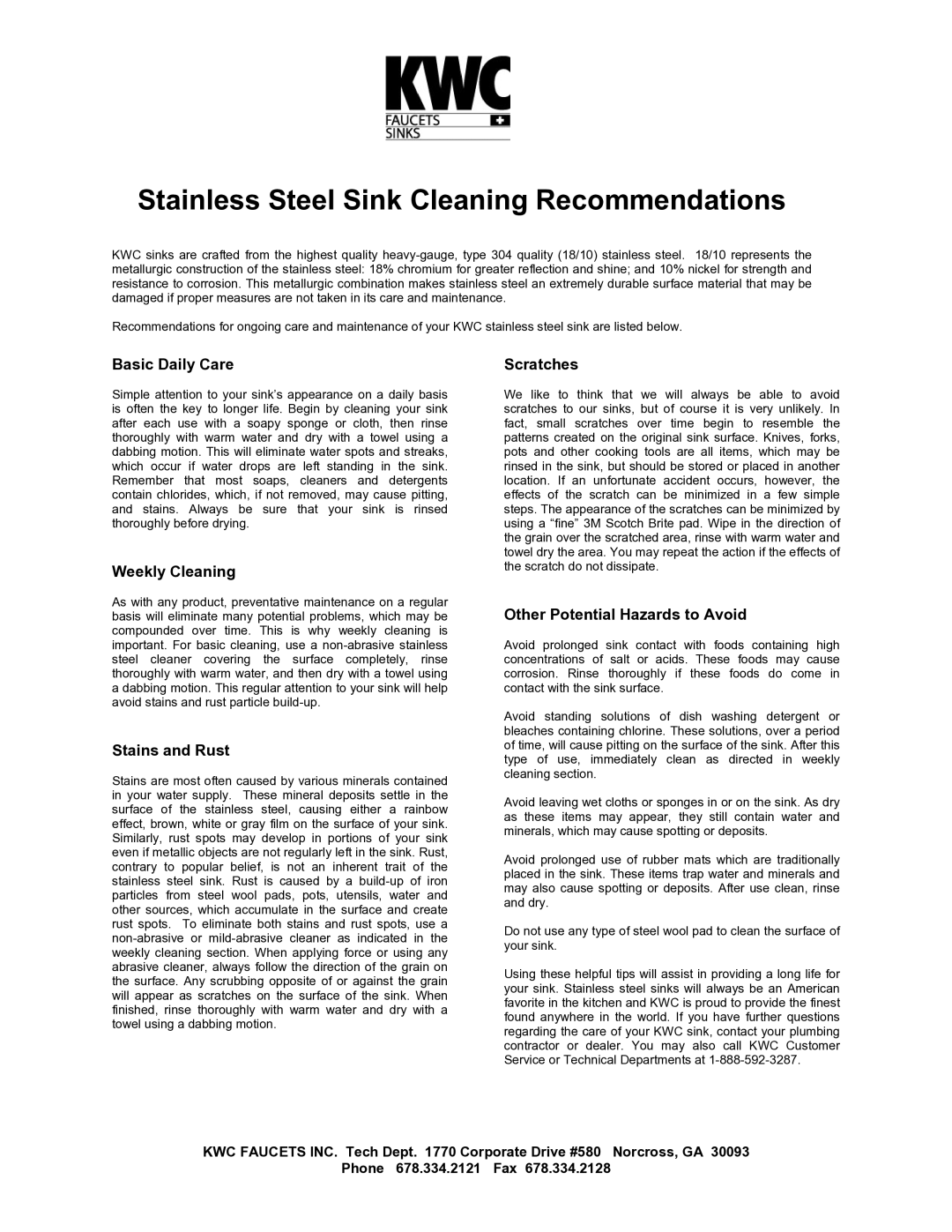Plumbing Product specifications
KWC Plumbing Products is renowned for its commitment to quality, innovation, and sustainability in the plumbing industry. Established in Switzerland, the brand has made significant strides in developing high-performance products designed for both residential and commercial applications. KWC's range of products includes faucets, sinks, and shower systems, all distinguished by their elegant design and advanced functionality.One of the cornerstone features of KWC plumbing products is their impeccable craftsmanship. Each product is meticulously designed and engineered to ensure longevity and reliability. The use of high-quality materials, such as solid brass and durable finishes, contributes to lasting performance and aesthetic appeal. KWC products are not only functional but also elevate the appearance of any bathroom or kitchen space with their modern and stylish designs.
Another key technology embedded in KWC products is the incorporation of water-saving features. Many faucets and showerheads are equipped with aerators and flow restrictors that reduce water consumption without compromising performance. This commitment to sustainability helps consumers reduce their utility bills while also being mindful of environmental conservation.
KWC also leverages innovative technologies such as touchless and sensor-operated faucets. This feature not only enhances convenience but also promotes hygiene by minimizing contact with surfaces, making it an ideal choice for public restrooms and homes alike. These faucets automatically turn on and off, helping to save water and provide a seamless user experience.
In addition to their performance features, KWC products are designed with ease of installation and maintenance in mind. Many of their faucets come with quick-installation systems, allowing for easy and straightforward set-up. The company also prioritizes customer satisfaction and offers comprehensive warranty options, providing peace of mind to users.
Overall, KWC plumbing products exemplify a blend of functionality, elegance, and sustainability. With a focus on innovative technologies and high-quality materials, KWC continues to set the standard for excellence in the plumbing industry. Whether for residential or commercial purposes, KWC products are a reliable choice that caters to modern needs while promoting water conservation and environmental responsibility.

